Sometimes we forget that there is still so much to explore in our own solar system. Mars has captivated humankind for centuries, with its red hue and mysterious mountains. It intrigues us. It draws us in, even when it’s not the right time for a visit. Sure, we’ve sent rovers and probes to explore the planet’s surface, but that doesn’t seem like enough these days.
Read on to find out some new and interesting facts about this planet and why it deserves our attention.
- In 1610, Galileo Galilei became the first person to observe Mars with a telescope. Despite being one of the most examined planets in our solar system, Mars is the only planet on which we’ve deployed rovers to search for signs of extraterrestrial life.
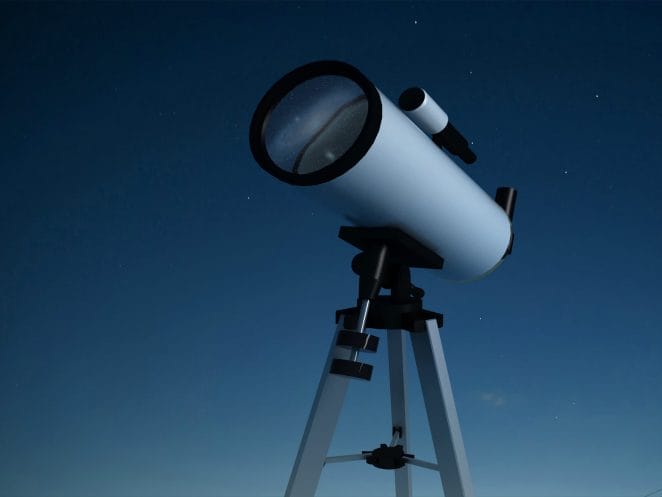
- The planet Mars is 1.9 times smaller than the planet Earth. The gravity on Mars is 37% lower than on Earth. This indicates that you could jump three times higher on Mars than you could on Earth. On Mars, a day lasts 24.6 hours, while a year lasts 687 days.
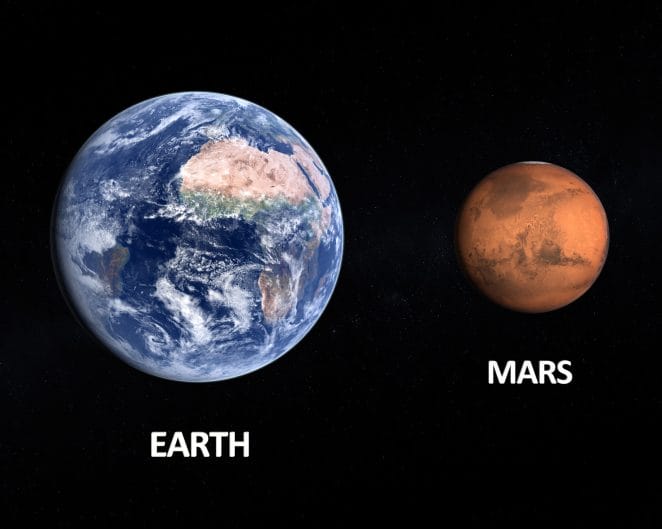
- Mars has a thin atmosphere composed of carbon dioxide, nitrogen, and argon, and it is a terrestrial planet. Volcanoes, canyons, and surface features evocative of the impact craters of the Moon, as well as valleys, deserts, and polar ice caps on Earth, can be found on the planet Mars.
- Mars is the second-smallest of all the planets in the Solar System. The surface of Mars is red due to its iron oxide-based soil, rock, and dust. The moons of Mars are named Phobos and Deimos. Theoretically, it is thought that these two asteroids have been entangled in the gravitational pull of Mars, and they were identified in 1877 by American astronomer Asaph Hall.

- The first successful Mars mission was the Mariner 4 spacecraft, which was launched in 1964 and sent back photos of the red planet. The Viking Landers, which landed on the surface of Mars in 1976, were the first spacecraft to do so. China’s Tianwen-1 lander-rover vehicle successfully arrived on Mars on May 14, 2021, making it the second nation to do it.
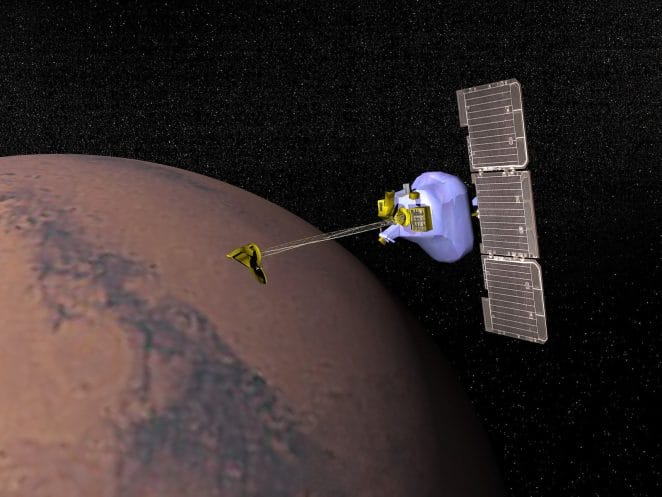
- Located in the Tharsis region, Olympus Mons (Mount Olympus) is an extinct shield volcano that was once part of a larger complex of volcanoes. In terms of height, Olympus Mons (at roughly 8.8 miles) is approximately three times the height of Mount Everest (5.5 mi). Depending on how it is measured, it is either the tallest or the second-tallest mountain in the Solar System.
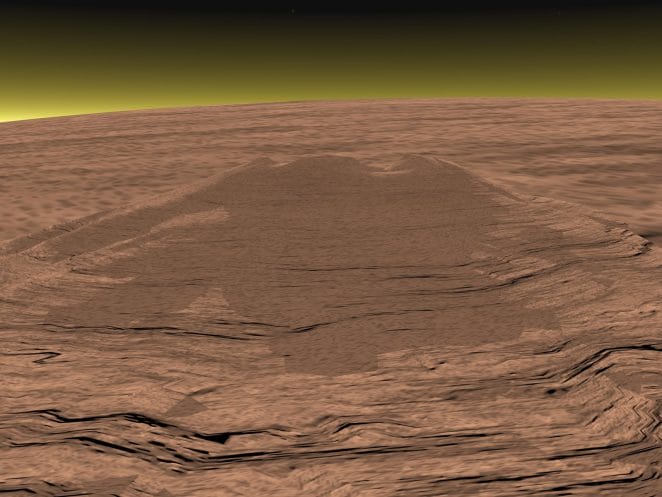
- Valles Marineris, the biggest canyon in our solar system, is found on Mars. It has a depth of 4.3 miles (7 kilometres) and a length of almost 3000 miles (4,800 kilometres). The Grand Canyon on Earth, for comparison, is just 446 kilometres (277 miles) long and roughly 2 kilometres (1.2 miles) deep. That’s around ten times the size of the Grand Canyon on Earth.
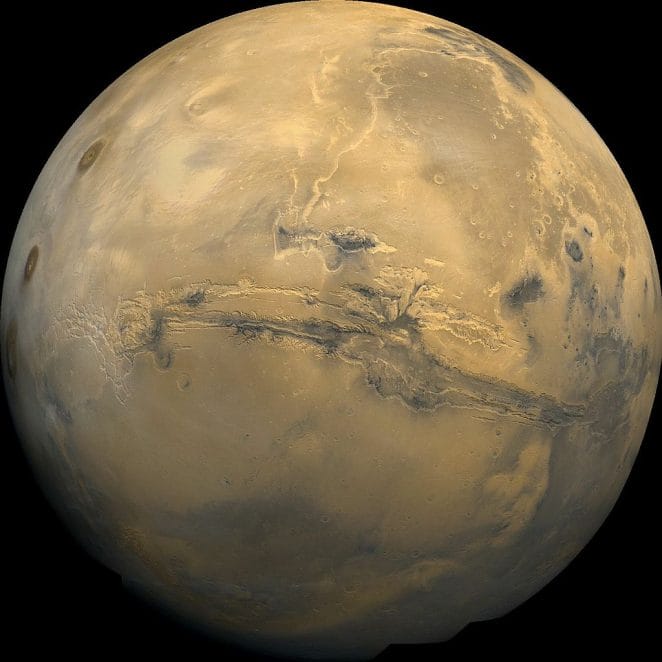
- Dust storms on Mars are the greatest in the Solar System, with winds reaching speeds of about 160 kilometres per hour (100 mph). They usually happen when Mars is closest to the Sun, and they’ve been found to raise global temperatures by 30 degrees Celsius, shrouding the planet in haze and raising the temperature of its atmosphere.

- Although Mars was once warm and wet, it is today a chilly, arid and unfruitful world. The atmosphere is thin and it is not protected by an active magnetic field. Mars now has water, but the Martian atmosphere is too thin to have any liquid water on the surface for long. Water is found today on Mars as water-ice in the polar areas under the surface and as brackish (salt) water, which flows down slopes and crater walls seasonally.

- There have been six successful robotic Mars rovers launched to date, with the first five of these being overseen by NASA: Sojourner (1997), Opportunity (2004), Spirit (2004), Curiosity (2012), and Perseverance (2021). Zhurong (2021) is the sixth spacecraft in the series, and it is operated by China’s National Space Administration.

Sources:Wikipedia, Wikipedia, Nasa





GIPHY App Key not set. Please check settings